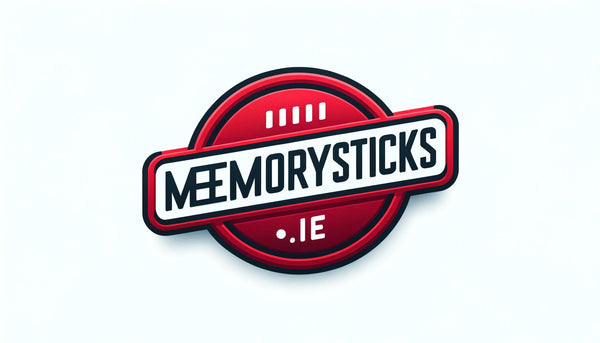Introduction
In the ever-evolving landscape of technology, USB-A flash drives have been a constant. These portable storage devices have revolutionized the way we store and transfer data. But as technology marches forward, how do these stalwarts stand up against the new kids on the block? Let's delve into the world of USB-A flash drives and compare them with emerging storage solutions.
The Evolution of USB-A Flash Drives
The journey of USB-A flash drives, often referred to as pen drives or memory sticks, began in the late 1990s. Their invention was a game-changer, providing a compact, rewritable, and easy-to-use solution for data storage. Over the years, they have become ubiquitous, thanks to their plug-and-play simplicity and compatibility with a vast array of devices.
Emerging Storage Solutions
However, the tech landscape is always shifting. Newer storage technologies, such as USB-C flash drives, cloud storage, and solid-state drives (SSDs), have entered the fray. These solutions offer faster data transfer rates, larger storage capacities, and, in the case of cloud storage, the convenience of accessing data from anywhere with an internet connection.
Comparative Analysis: USB-A Flash Drives vs. New Technologies
- Speed: USB-A flash drives, particularly USB 3.0 variants, offer respectable data transfer speeds. However, they are often outpaced by USB-C drives and SSDs, which boast significantly faster read/write speeds.
- Capacity: While USB-A flash drives have seen an increase in storage capacity over the years, with models available in 64GB, 128GB, and even 256GB sizes, they still lag behind the larger capacities offered by SSDs and cloud storage options.
- Durability and Reliability: USB-A flash drives are known for their robustness, with no moving parts to wear out. However, SSDs offer even greater reliability and longevity, thanks to their advanced technology.
- Compatibility: One of the strengths of USB-A flash drives is their widespread compatibility with a vast array of devices. However, as the industry shifts towards USB-C and other newer standards, this advantage may diminish over time.
- Cost: In terms of cost per gigabyte, USB-A flash drives are generally more affordable than SSDs and, depending on usage, can be more cost-effective than cloud storage subscriptions in the long run.
The Role of USB-A Flash Drives in Today's Tech Landscape
Despite the advent of newer technologies, USB-A flash drives still hold their ground in certain scenarios. They are particularly useful in situations where internet access is limited or non-existent, making cloud storage impractical. Additionally, their compatibility with older hardware ensures they remain relevant in legacy systems.
The Future of Portable Storage
The future of USB-A flash drives is uncertain. As USB-C becomes more prevalent and cloud storage more accessible, their role may diminish. However, they are likely to remain a convenient and reliable option for specific use cases, such as bootable drives for system recovery or as a physical backup solution.
Making the Right Choice for Your Storage Needs
When choosing between USB-A flash drives and newer storage solutions, consider factors such as speed, capacity, durability, compatibility, and cost. For quick and easy file transfers between a wide range of devices, USB-A flash drives are hard to beat. However, for larger storage needs or faster data transfer rates, you might want to explore SSDs or cloud storage options.
Conclusion
The USB-A flash drive, with its simplicity and versatility, has left an indelible mark on the world of data storage. While emerging technologies offer compelling advantages, the humble USB-A flash drive continues to hold its own, proving that sometimes, the classic choice is still a good one.

